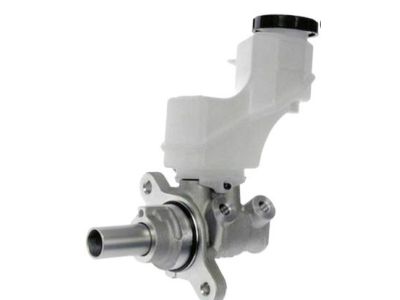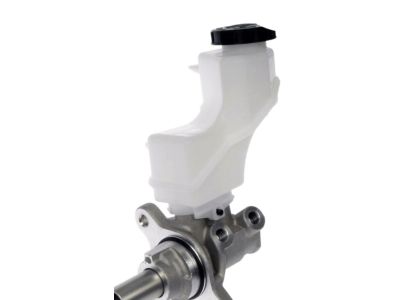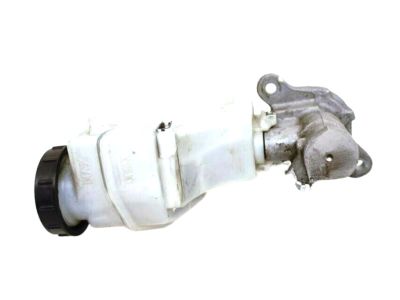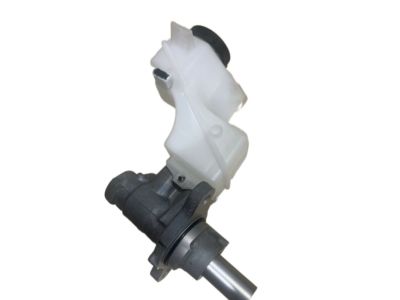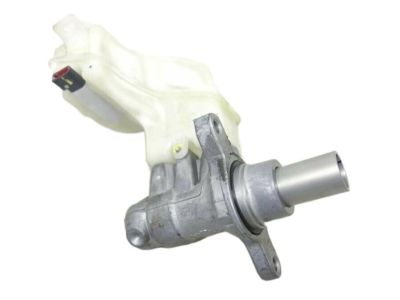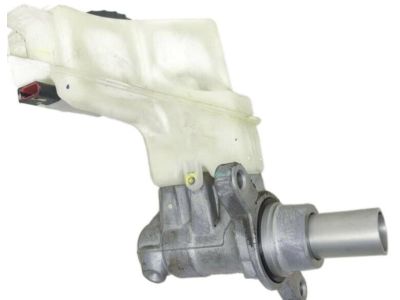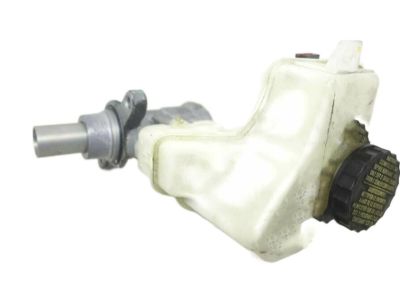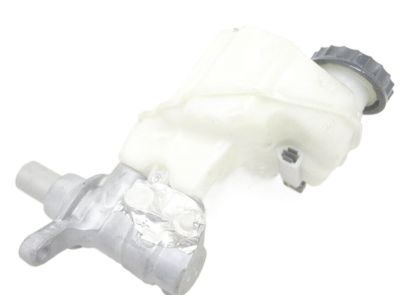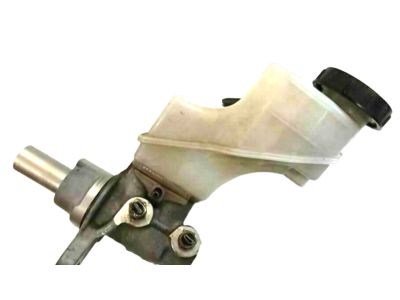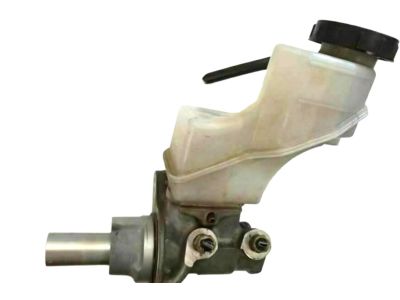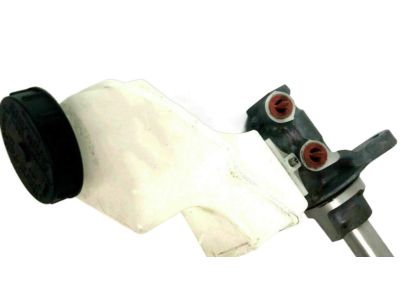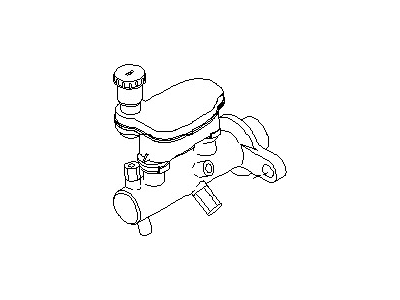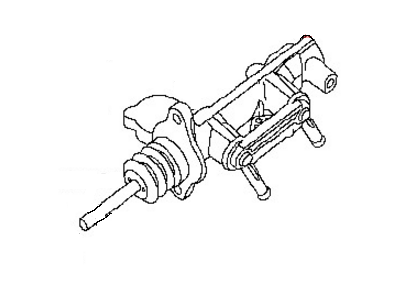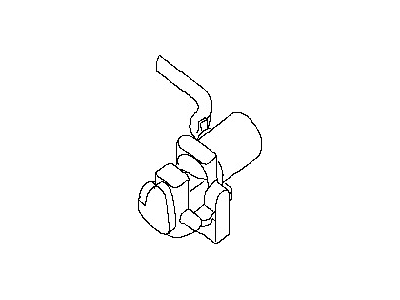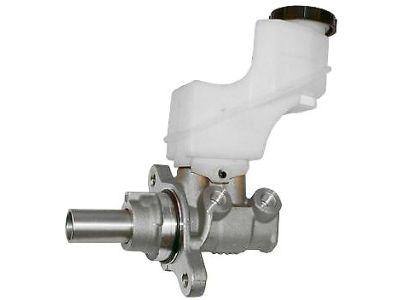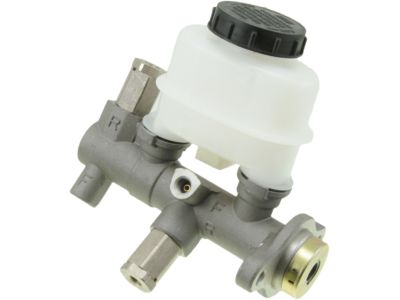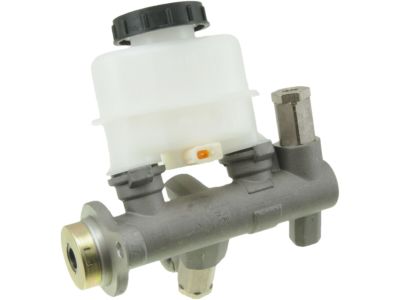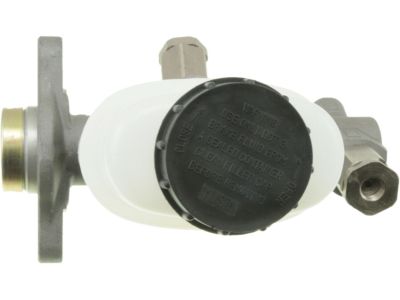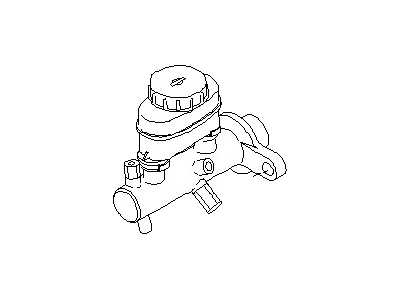×
- Hello
- Login or Register
- Quick Links
- Live Chat
- Track Order
- Parts Availability
- RMA
- Help Center
- Contact Us
- Shop for
- Nissan Parts
- Nissan Accessories

My Garage
My Account
Cart
Genuine Nissan Altima Brake Master Cylinder
- Select Vehicle by Model
- Select Vehicle by VIN
Select Vehicle by Model
orMake
Model
Year
Select Vehicle by VIN
For the most accurate results, select vehicle by your VIN (Vehicle Identification Number).
19 Brake Master Cylinders found

Nissan Altima Cylinder Brake Master
Part Number: 46010-JA00A$152.36 MSRP: $291.53You Save: $139.17 (48%)Ships in 1 Business Day
Nissan Altima Cylinder Assy-Brake Master
Part Number: 46010-3TA0A$130.07 MSRP: $188.38You Save: $58.31 (31%)Ships in 1-3 Business Days
Nissan Altima Cylinder Brake Master
Part Number: 46010-JA02A$199.61 MSRP: $275.85You Save: $76.24 (28%)Ships in 1-3 Business DaysNissan Altima CYL BRAK Master
Part Number: 46010-6CA0A$238.85 MSRP: $353.67You Save: $114.82 (33%)Ships in 1-3 Business DaysNissan Altima Cylinder Brake Master
Part Number: 46010-3TA0B$130.07 MSRP: $188.38You Save: $58.31 (31%)Ships in 1-3 Business DaysNissan Altima Cylinder Assy-Brake Master
Part Number: 46010-8J100$209.54 MSRP: $288.62You Save: $79.08 (28%)Ships in 1-2 Business DaysNissan Altima Cylinder Brake Master
Part Number: 46010-JA80A$201.24 MSRP: $284.23You Save: $82.99 (30%)Ships in 1-3 Business DaysNissan Altima Brake Simulator Assembly
Part Number: 47570-JA81A$683.81 MSRP: $965.83You Save: $282.02 (30%)Ships in 1-3 Business Days

Nissan Altima Brake Master Cylinder
If you need any OEM Nissan Altima Brake Master Cylinder, feel free to choose them out of our huge selection of genuine Nissan Altima Brake Master Cylinder. All our parts are offered at unbeatable prices and are supported by the manufacturer's warranty. In addition, we offer quick shipping to have your parts delivered to your door step in a matter of days.
Nissan Altima Brake Master Cylinder Parts Questions & Experts Answers
- Q: How do you remove and install a master cylinder on Nissan Altima?A:To remove the brake master cylinder, first disconnect the cable from the negative terminal of the battery. Unplug the electrical connector for the fluid level warning switch, and for manual transmission vehicles, disconnect and plug the clutch fluid hose. Use a syringe to remove as much fluid as possible from the reservoir, then place rags under the fittings and prepare caps or plastic bags to cover the ends of the lines after disconnection, taking care to avoid spilling brake fluid, which can damage paint. Loosen the fittings at the ends of the Brake Lines where they enter the brake master cylinder using a flare-nut wrench to prevent rounding off the flats. Pull the brake lines away from the brake master cylinder and plug the ends to prevent contamination. Remove the nuts attaching the brake master cylinder to the power booster and pull the brake master cylinder off the studs, being cautious not to spill any remaining fluid. For installation, bench bleed the new brake master cylinder by mounting it in a vise and attaching a pair of bleeder tubes to the outlet ports. Fill the reservoir with the recommended brake fluid and slowly push the pistons into the brake master cylinder to expel air into the reservoir, repeating until no more air bubbles are present. Remove the bleed tubes one at a time, install plugs in the open ports, and then install the reservoir cap. Place a new O-ring seal in the groove on the end of the brake master cylinder, coat it with silicone grease, and also coat the bore of the power Brake Booster. Install the brake master cylinder over the studs on the power brake booster and tighten the nuts finger-tight. Thread the brake line fittings into the brake master cylinder, ensuring they thread in easily without stripping the threads. Tighten the mounting nuts to the specified torque and secure the brake line fittings. Fill the brake master cylinder reservoir with fluid, then bleed the lines at the brake master cylinder, followed by the remainder of the brake system, having an assistant depress the brake pedal while loosening the fitting to allow air and fluid to escape, repeating until the fluid is clear of air bubbles. After tightening the fitting, allow the assistant to return the pedal to its rest position and check the operation of the brake system carefully before driving the vehicle. Finally, reconnect the battery and perform the necessary re-learn procedures.
Related Nissan Altima Parts
Browse by Year
2024 Brake Master Cylinder 2023 Brake Master Cylinder 2022 Brake Master Cylinder 2021 Brake Master Cylinder 2020 Brake Master Cylinder 2019 Brake Master Cylinder 2018 Brake Master Cylinder 2017 Brake Master Cylinder 2016 Brake Master Cylinder 2015 Brake Master Cylinder 2014 Brake Master Cylinder 2013 Brake Master Cylinder 2012 Brake Master Cylinder 2011 Brake Master Cylinder 2010 Brake Master Cylinder 2009 Brake Master Cylinder 2008 Brake Master Cylinder 2007 Brake Master Cylinder 2006 Brake Master Cylinder 2005 Brake Master Cylinder 2004 Brake Master Cylinder 2003 Brake Master Cylinder 2002 Brake Master Cylinder 2001 Brake Master Cylinder 2000 Brake Master Cylinder 1999 Brake Master Cylinder 1998 Brake Master Cylinder 1997 Brake Master Cylinder 1996 Brake Master Cylinder 1995 Brake Master Cylinder 1994 Brake Master Cylinder 1993 Brake Master Cylinder
